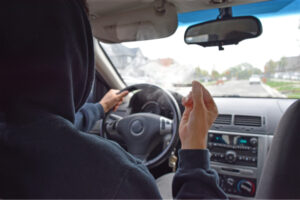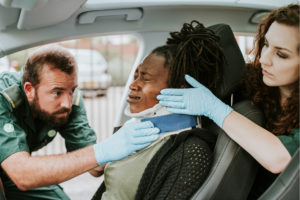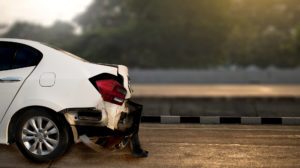 Cannabis use in Illinois became legal in January 2020. This means that anyone who lives in the state can legally possess and use the drug for recreational and medicinal purposes. Since the drug has hallucinogenic effects, the number of drivers driving under the influence has increased.
Cannabis use in Illinois became legal in January 2020. This means that anyone who lives in the state can legally possess and use the drug for recreational and medicinal purposes. Since the drug has hallucinogenic effects, the number of drivers driving under the influence has increased.
Just as drunk driving can inhibit a driver’s ability to remain focused on the road, so can marijuana. If you were involved in a car accident in which you or the other driver were found to be under the influence, you should contact a car accident attorney in Grayslake.
Statistics on Increase in Car Accidents Post Legalization of Cannabis
According to statistics released by the Insurance Institute for Highway Safety and the Highway Loss Data Institute, there has been a significant increase in traffic accidents in states that have legalized cannabis use. Some of the significant findings in the report are as follows:
- There has been a 6 percent increase in accidents involving motor vehicles and a 4 percent increase in ones that resulted in fatalities.
- Drivers who drive under the influence of alcohol and marijuana are 500 percent more likely to sustain serious injuries in an accident, resulting in hospitalization. The spike in accidents is significant if we consider that drivers who drive under the influence of alcohol have a 300 percent chance of getting into a serious accident.
Why It Is Illegal to Drive under the Influence in Illinois
Whether you have a license to use marijuana or not, it is illegal to drive under the influence of any drug in Illinois. This is understandable as drivers who are under the effect of the drug can:
- Hallucinate
- React to hazardous road conditions too late
- Take longer to brake
- Take more time than lucid drivers to respond to hazardous road conditions
- Have difficulty staying in their lanes
These are just some of the reasons why anyone who is found driving under the influence of marijuana can face DUI charges. The consequences of debilitated driving are usually deadly. Can you afford the medical bills that you will get after you get out of the hospital? Plus, you may take weeks, if not months, to heal depending on your injuries.
Contact an Experienced Car Accident Attorney in Grayslake
If you were involved in a car accident in Grayslake, you have rights, whether you were under the influence or not. At the Law Offices of Robert T. Edens, P.C., we can assign an experienced lawyer to you who can protect your rights and ensure get the maximum compensation you deserve.
Why shouldn’t a team of legal professionals protect your rights? You deserve the best representation and so much more for the pain and suffering you have gone through.

Our Illinois personal injury law firm has been fighting for car accident victims such as you for more than two decades. We have closed more personal injury cases successfully in Illinois than most firms. Please take your time to make an informed decision by going over our website and our services. Once you have made up your mind, contact us for a free consultation.

 When it comes to car accident cases, each state has specific laws that determine the fault of the guilty party and compensation for the victims. By familiarizing yourself with these laws and with an experienced auto accident attorney by your side, you can ensure the at-fault party pays for their negligence.
When it comes to car accident cases, each state has specific laws that determine the fault of the guilty party and compensation for the victims. By familiarizing yourself with these laws and with an experienced auto accident attorney by your side, you can ensure the at-fault party pays for their negligence. When you are involved in a hit and run accident, it is likely you’ll feel anger and frustration. After all, someone just caused you damage and didn’t even hang around to offer help. In such situations, you may be confused as to how you can make a claim against the responsible driver and get compensation for your bodily injuries and vehicular damages. According to
When you are involved in a hit and run accident, it is likely you’ll feel anger and frustration. After all, someone just caused you damage and didn’t even hang around to offer help. In such situations, you may be confused as to how you can make a claim against the responsible driver and get compensation for your bodily injuries and vehicular damages. According to 